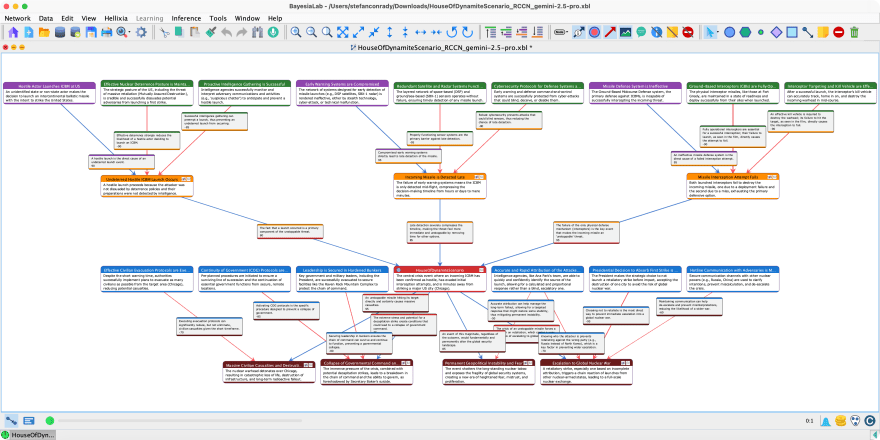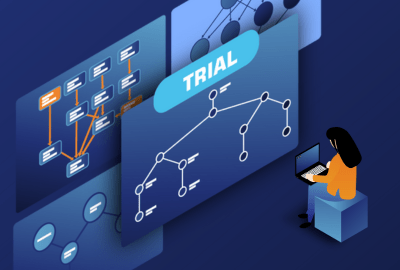What’s New - BayesiaLab 11.7

Causal Network Generator: Improved Visuals & Modeling Capabilities
Color-Coded Node Classes
Specific colors are now automatically assigned based on the role of each node class:
- Interventions – green
- Root Causes – orange
- Main Criteria – blue
- Effects – yellow
For Risk-Centric Causal Networks:
- Threats – purple
- Preventive Barriers – green
- Mitigating Barriers – teal
- Main Risk – red
Automatic Divorcing
Automatically inserts intermediate nodes to “divorce” multiple parents and reduce CPT size explosion.
Leak Values as Constants
Leak values used in Switch-Noisy-Or and Dual-Noisy-Or functions can now be defined as constants, allowing global edits via the Constant Editor.
Risk-Centric Causal Networks: Optimization-Ready Modeling
Each Barrier (Preventive or Mitigating) can now be linked to a Utility Node.
The Main Risk can be linked to a Function Node computing the overall utility using the OverallUtility() function.
This structure supports Genetic Optimization for identifying the best risk mitigation strategy.
Text Import, Textual Dimension Elicitor & Textual Imputation
Text columns can now be imported as IID textual variables, for example customer feedback.
These variables support two new features:
- Textual Dimension Elicitor – performs concept detection directly from text
- Textual Imputation – estimates presence or absence of modeled concepts for each row, based on the text
Network Import from JSON
BayesiaLab now supports importing networks from JSON files.
These JSON structures are compatible with external LLMs and with HellixMap.
Layout Enhancements: ELK Positioning Algorithm
A new layout option based on the ELK (Eclipse Layout Kernel) algorithm is now available.
Two layout modes are supported: Vertical and Horizontal.
Ideal for clean and structured display of large networks, especially Risk-Centric Causal Networks.


